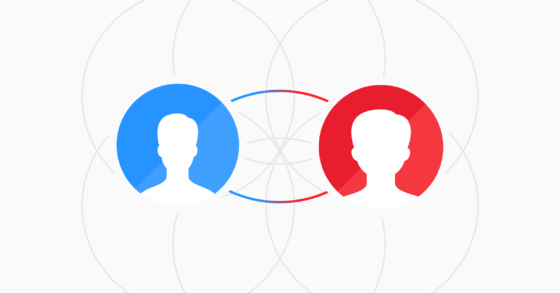Brain Science 101: Using psychology principles to drive product success
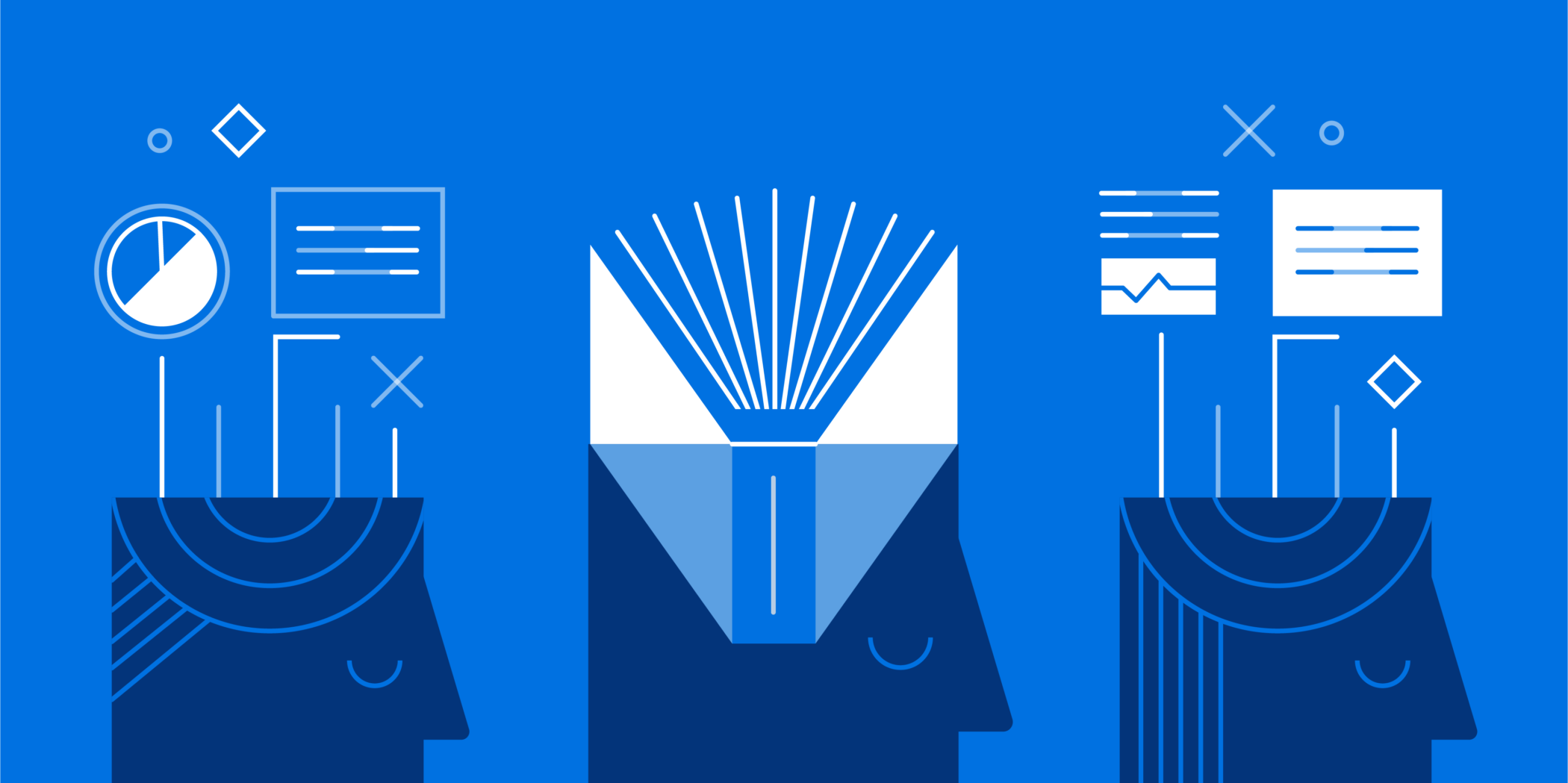
It’s the stuff of product managers’ nightmares: the “product graveyard,” where products go to die. And the truly scary part of the product graveyard? It’s often filled with valuable, viable products that you, your sales team, and your engineers have spent hundreds of hours creating.
So what makes one great product succeed while others fail? The key lies in understanding how your customers think, says Moe Ali, founder and CEO of Product Faculty. In other words, if you want to be a successful a product leader, you also need to be a bit of a brain scientist. Literally.
At Productboard’s “Growing Strong Product Makers” mini-conference, hosted by our Product Makers Community, Ali spoke about the three main structures in the brain that control our thoughts and our behavior. Each of them operates independently—so if you really want to reach your customers, you’ll need to understand how each one works and how to target it.
If you’ve developed a product that you’re confident about, make sure it gets the attention it deserves! Here’s how Ali recommends using psychology to communicate with your customers in ways that speak to each of the “three brains.”
The “old brain”: Instinctual
The “old brain” gets its name because it’s been around for 500 million years, and it represents our most basic instincts. It’s designed to protect you from major current threats to your survival, so it needs to move through the decision-making process quickly. You snooze, you lose—or get eaten by a lion.
That speed comes with limitations. The “old brain” is mostly focused on the present, not the past or the future. It’s also unconscious and uncontrollable, which can be great when you need to find a hiding spot from a predator but not as beneficial when you need to weigh whether something with a short-term cost can offer a better future.
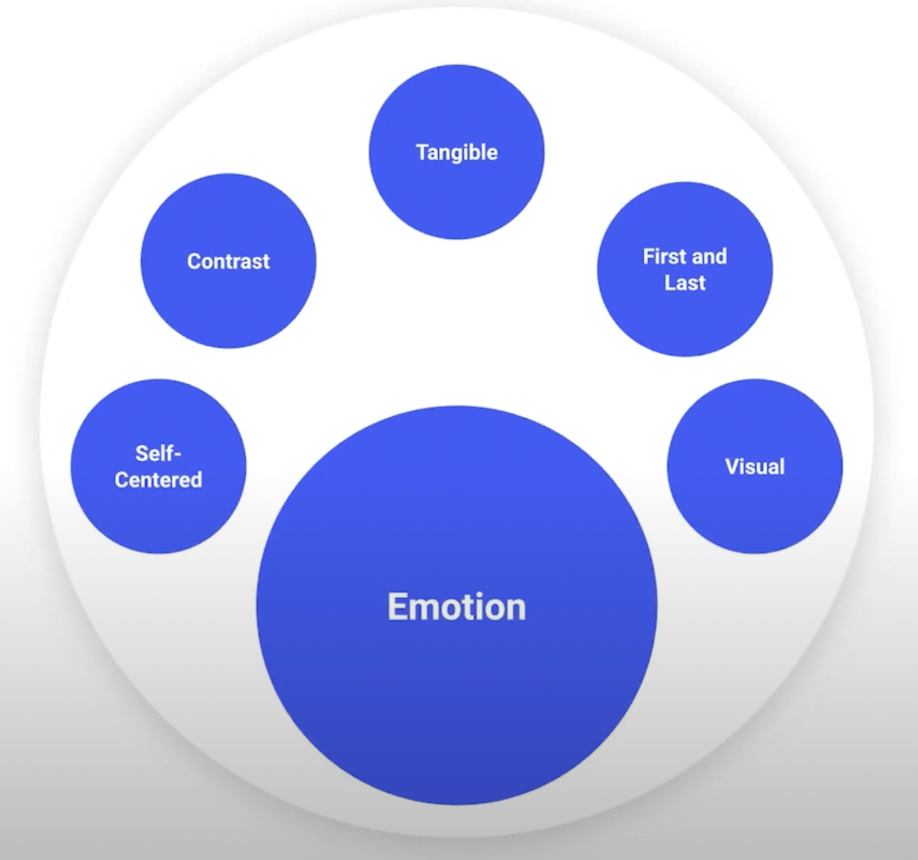
To speak to the “old brain,” make sure your product messaging uses at least one of these six triggers that send powerful signals for it to pay attention, Ali says:
- Contrast: The old brain is great at detecting contrast, so take advantage of that with lots of “before and after” photos or numbers that are easy to process.
- Self-centered: The old brain needs to know that someone is speaking directly to them, otherwise it’s not worth paying attention to—so don’t talk incessantly about your company on your landing pages. Instead, talk about your users. “I want YOU for the U.S. Army” is a lot more effective than “The U.S. army is great!”
- Tangible: What’s the actual beneficial result of using your product? Make it clear!
- First and last: The “old brain” will likely focus on the first and last thing you say, and blur what happens in the middle—so make sure your opening and closing are memorable.
- Visual: Resist the temptation to bog your users down in text and details. Instead, remember that we’re drawn to pretty things. The highest-reviewed iPad ad ever made, according to Ali, features a bright colorful bird flittering around a bright, colorful iPad display. There’s absolutely nothing in the commercial about the specs and minimal text, but users love it.
- Emotion: Any time you can evoke strong emotions, you’re going to succeed in getting through to the “old brain.”
The “middle brain”: Emotional
We like to convince ourselves that we make decisions logically, but we’re usually a lot more influenced by our emotions than we’d like to admit. That’s where the “middle brain,” or the emotional brain, comes in.
If you want to get the attention of the “middle brain,” you’ll need to tap into as many of these seven core emotional desires as you can when talking to your customers:
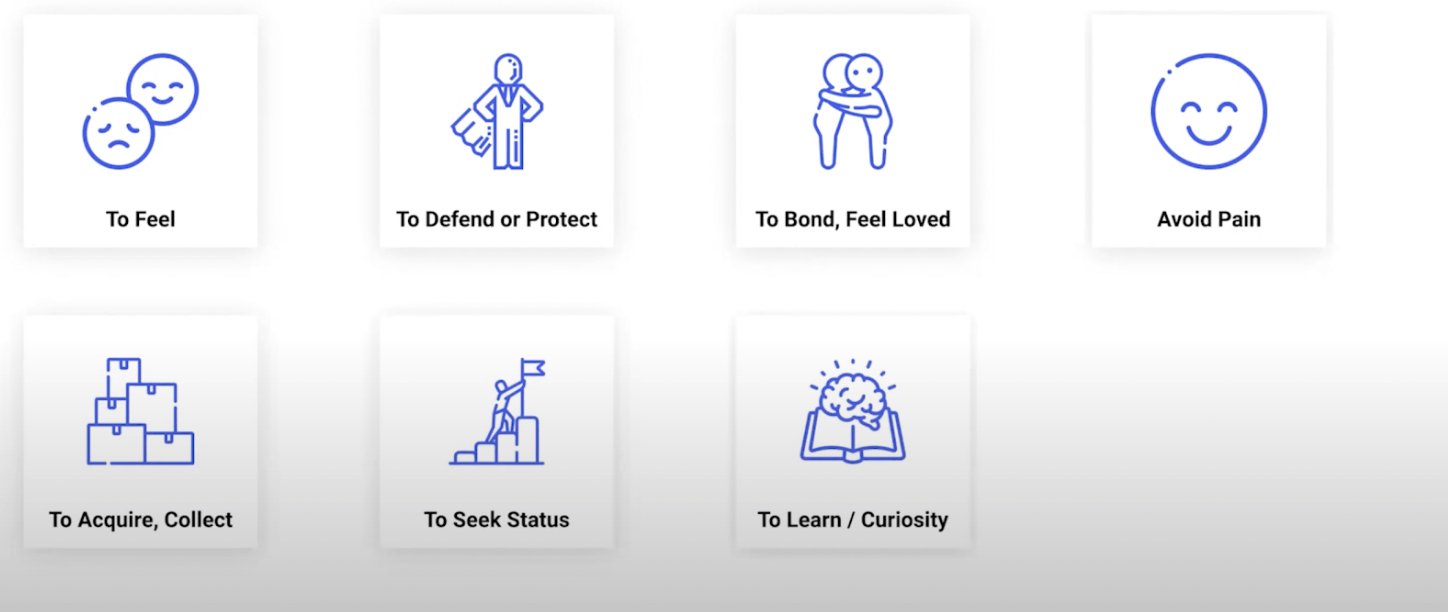
If you can figure out how to make your customers feel these highly sought-after feelings in connection to your product, you’re already well on your way to success.
The “new brain”: Rational
If you’ve successfully tapped into a user’s emotions, the next step is to bring it home with logic. The “new brain” will need to find logical facts and figures to justify your emotions in order to get on board.
“Let’s say you’re buying a car or a house. You’re first going to fall in love with it, and then you’re going to find all kinds of reasons why it is a good decision,” Ali said.
While this means you’ll want to highlight some practical pieces to impress your rational brain, keep in mind that logic is, quite frankly, exhausting. Your brain can’t process more than three to four facts at a time, says Ali, so anything more than that will just be fact overload.
With that in mind, consider limiting your appeal to three key areas of information: specifications, facts and figures, and cost.
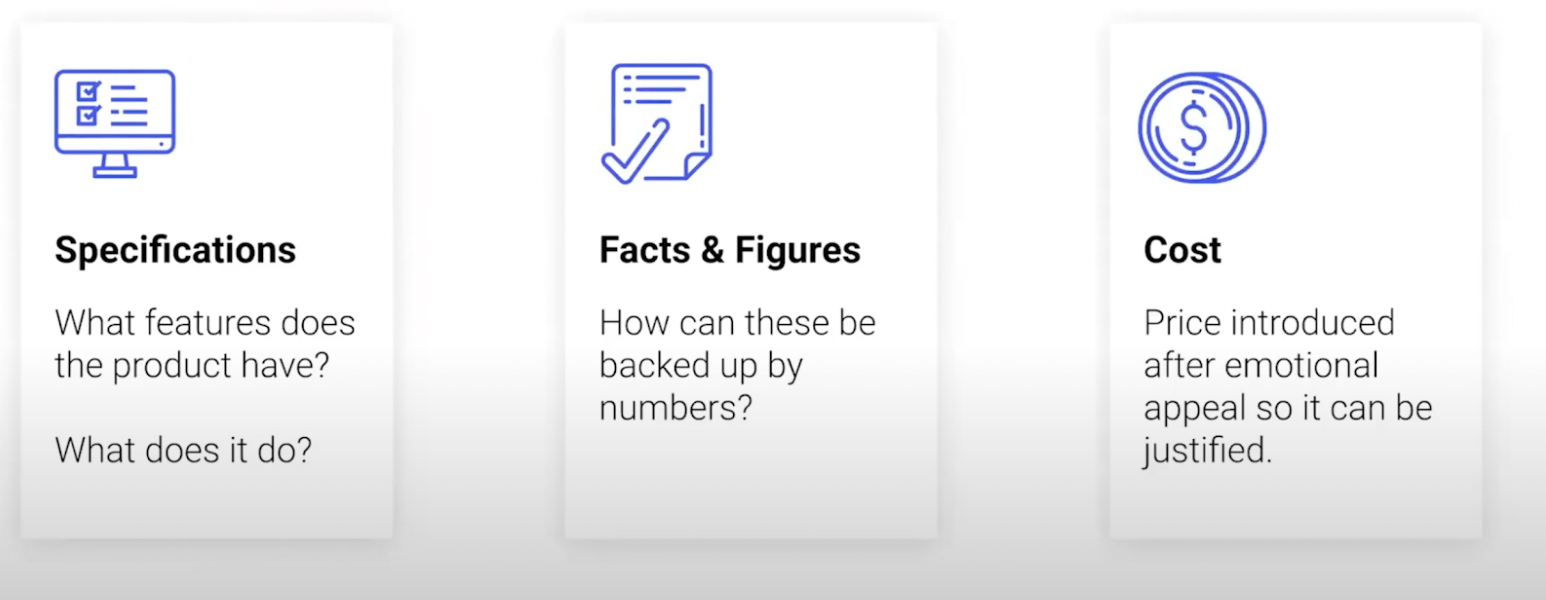
And whatever you do, don’t overdo it. The “new brain” focusing on logic is actually the least important of the brain structures when it comes to courting customers, Ali says.
“I see so many amazing builders building great products, and when I look at their landing pages, they’re horrible. They’re just so feature- and fact-based that they’re not going to get across to the user. So you might be solving a real need. However, if you don’t position your messaging in a way that the brain understands, you’re going to be lost.”
The final battle: Instinct, emotion, and logic vs. friction and cost
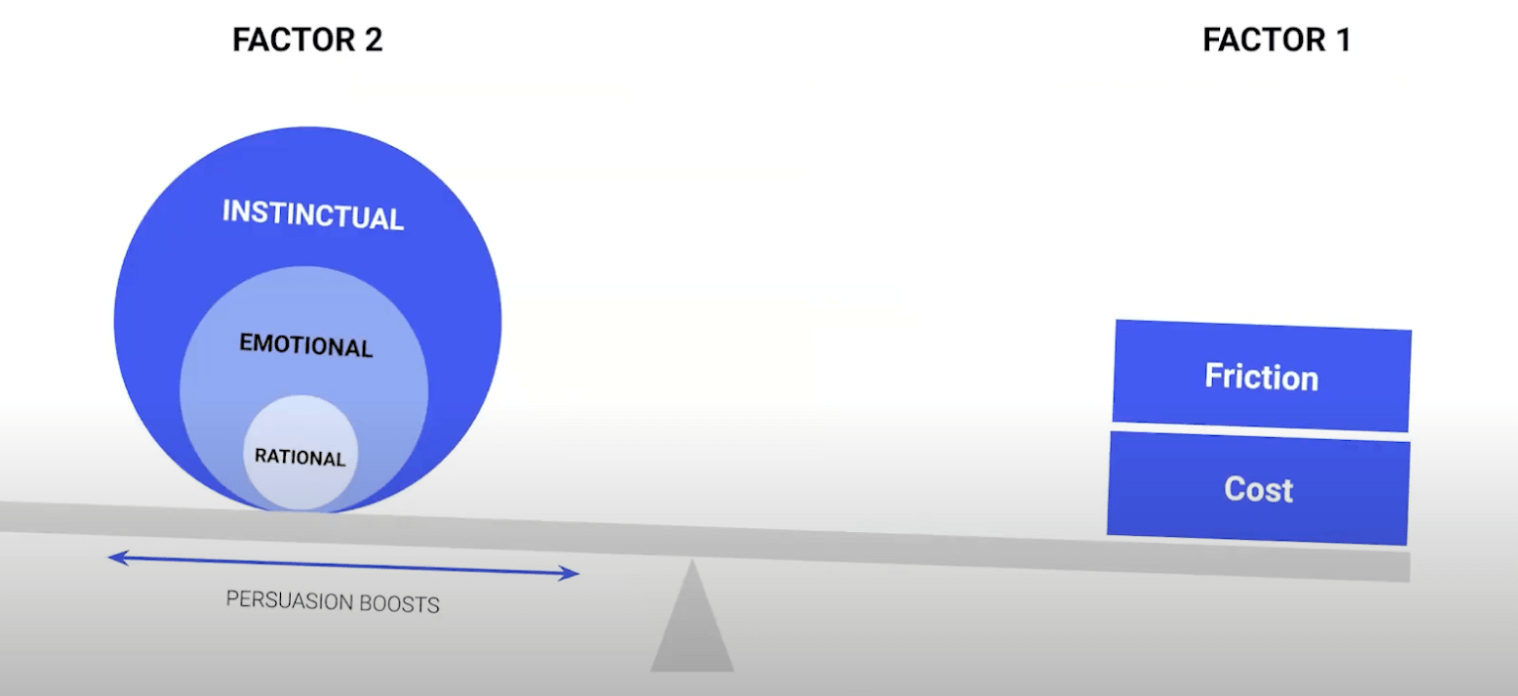
At the end of the day, getting users to adopt a new product or feature comes down to this question: do the collective benefits that all three brains can identify outweigh the friction and cost of learning (yet another) new thing?
“Essentially, you have your cost and friction on one end, and on the other end, you have the principles that you can use to get the decisions,” Ali explained.
By tapping into user psychology, you can get your messaging right and tip those scales in your favor.
Watch the full video from Productboard’s “Growing Strong Product Makers” mini-conference here, or go to psychology.pm for more examples from Product Faculty on how to implement these ideas.





